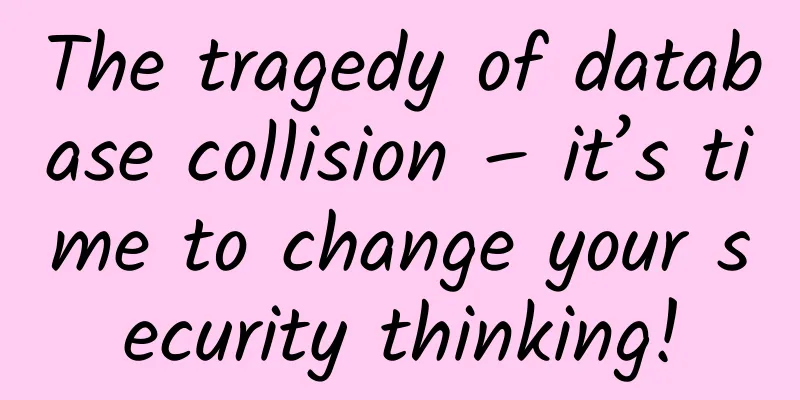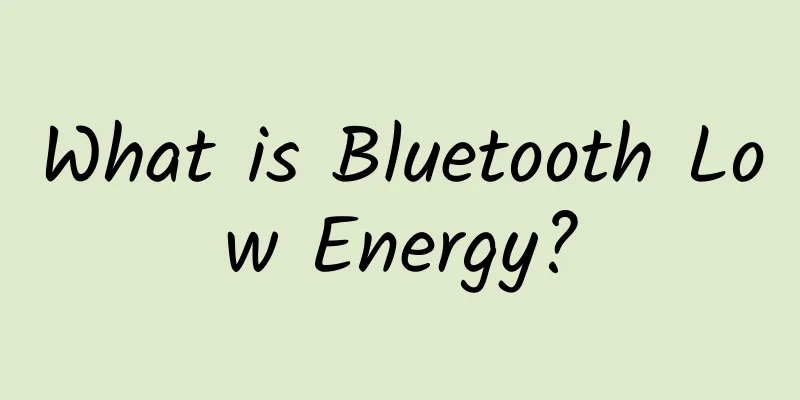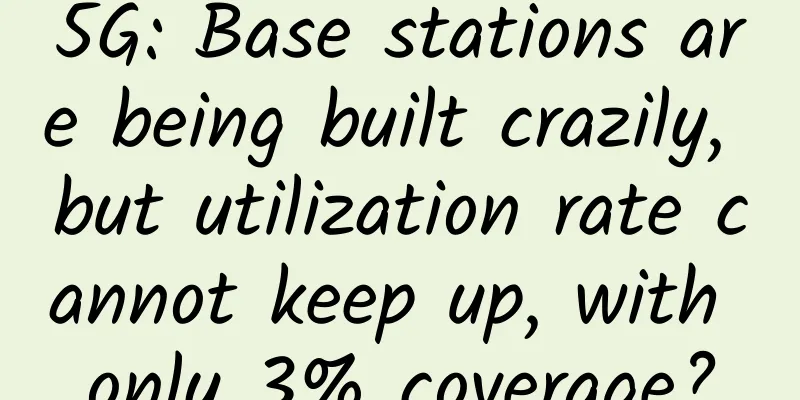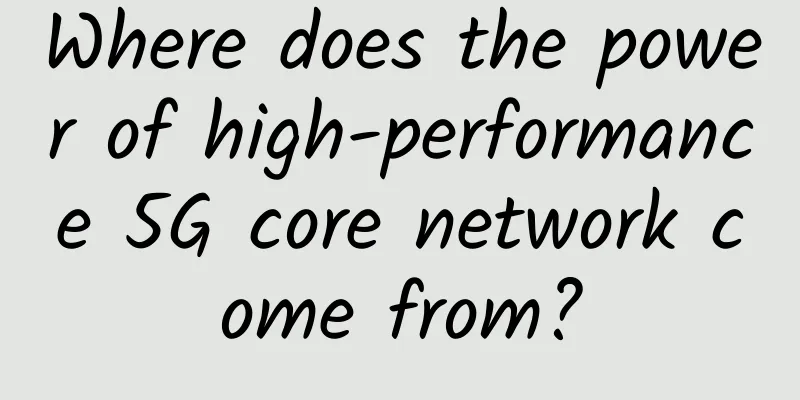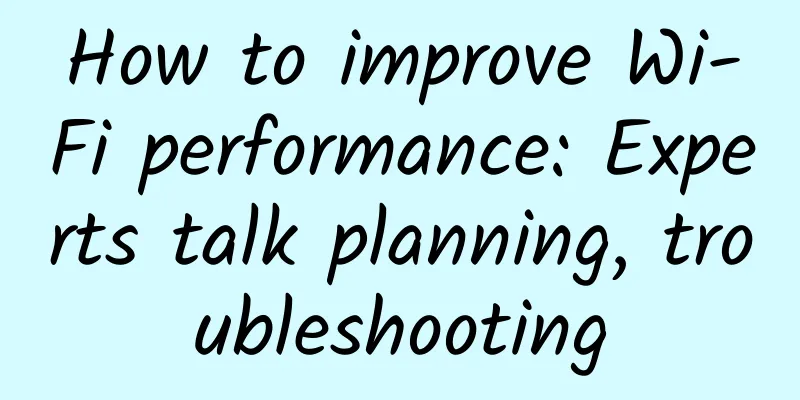5G concept is being hyped, operators should not be too greedy
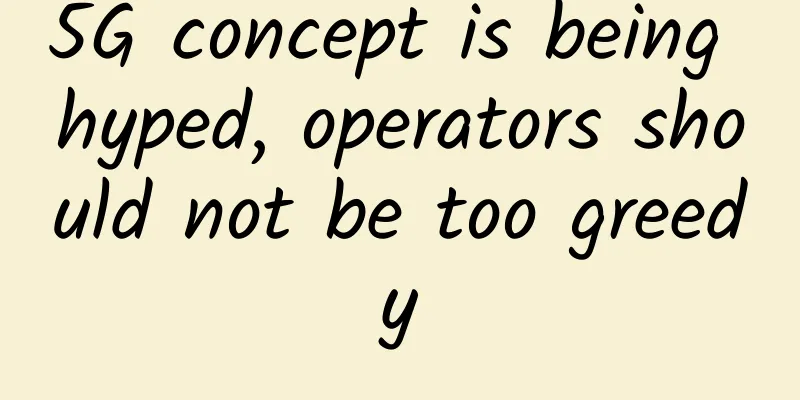
|
5G has received great attention since it was proposed, and major manufacturers have rushed to enter the market. Recently, with the advent of commercial use, this concept has been hyped up by the media, and major operators are gearing up to grab the first launch, and even engage in verbal battles for this. Recently, Neville Ray, Chief Technology Officer of T-Mobile, published a blog post titled "The Current State of 5G Is Clearly Not Good Enough", complaining about the over-marketing of 5G by competitors Verizon and AT&T. At the same time, he boasted about himself and said that his company would push the 5G to consumers only after the technology is mature. Ray wrote in his blog:
T-Mobile CEO John Legere previously complained in another article that "there is so much noise and misinformation about 5G in the market that it is almost impossible to separate the truth from the lies." However, T-Mobile itself is also touting 5G as "the most revolutionary technology of our generation," without specifying exactly how revolutionary it is. Let’s first take a look at how T-Mobile complains about its competitors. T-Mobile: Currently, 5G millimeter wave is used for user experiments About half a month ago, Verizon announced that it would start using 5G networks in Chicago and Minneapolis, and users can enjoy 5G services by paying an extra $10 per month. So, has the exciting 5G era really arrived? Don’t be too happy yet, let’s take a look at the bugs in Verizon’s 5G plan. First of all, unfortunately, this plan only covers a very small urban area. According to Verizon, in Chicago, 5G coverage is mainly concentrated in landmarks such as Union Station, Willis Tower, Art Institute of Chicago, Millennium Park and Chicago Theater. This means that a large part of urban users cannot participate, not to mention users far away in rural areas. Secondly, from a technical perspective, Verizon's 5G network is based on millimeter waves (mmWave), with a wavelength of 1 to 10 mm and a frequency range of 30 to 300 GHz (see the figure below). This wave has a wide bandwidth and high speed, and has great potential for application in 5G networks. Verizon sensed the business opportunity and was the first to launch millimeter wave 5G into the market. However, Neville Ray and his team tested the transmission distance and penetration ability of millimeter waves, and the results were really disappointing (as shown in the picture).
The picture shows that the 5G millimeter wave signal disappears as soon as the door is turned off, while the 600 MHz still has a good signal [Image source: T-Mobile Owner: T-Mobile] Ray commented in a blog post that the technology launched by Verizon is far from ready for the golden age, and that the rush to launch the 5G network is, in some ways, using users to conduct a scientific experiment. When millimeter wave meets 5G, breaking through limitations is the top priority In fact, millimeter waves are not a new discovery, and their history can even be traced back to the 1890s. As for the millimeter wave itself, it belongs to the category of "extremely high frequency". The transmission characteristics are that the higher the frequency, the shorter the wavelength, and the signal will lose a lot of energy when penetrating, so the transmission distance is not far (as shown in the experiment of Ray's team above). In addition, compared with electromagnetic waves with lower frequencies, millimeter wave signals attenuate greatly when encountering water, which seriously affects the propagation effect. The above shortcomings are "fatal" to cellular networks, so people basically do not take millimeter waves into consideration, making millimeter waves "transparent" in the 2G/3G and 4G eras. However, millimeter waves seem to finally be coming to the fore. The realization of 5G requires large bandwidth, and millimeter waves have an inherent advantage - within the millimeter wave frequency band, the available bandwidth is greatly increased, and the data transmission rate is also doubled. (As shown below) Even though millimeter waves have huge advantages, their drawbacks are also very troublesome. Although the advent of the 5G era may accelerate the pace of breaking the limitations of millimeter waves, for now, the relevant technology is still immature and it is not practical to promote millimeter wave 5G networks on a large scale. 5G marketing is misleading, and operators are not doing a good job In addition to Verizon, another company that was criticized by Neville Ray was AT&T. Ray said in his blog: AT&T, like Verizon, is obsessed with being the first carrier to offer 5G, which doesn't do consumers any good. AT&T also claims to have launched 5G networks and devices in multiple cities, but that's not actually the case. Leifeng.com learned that earlier this year, AT&T launched a "5G E" logo, which stands for 5G Evolution. When a specific group of mobile phone users connect to the 4G LTE network, the logo will be displayed in the upper right corner of the phone (as shown below).
However, "5G E" is not a completely new service, as mobile phone users still use the same hardware/software to connect to the same speed LTE network. Strictly speaking, "5G E" has nothing to do with 5G, it just has a new icon with the word "5G". A study by OpenSignal found that AT&T's "5G E" service is even slightly slower than Verizon and T-Mobile's 4G LTE networks. The company said 5G E makes AT&T look like it has a technological advantage, but it is a meaningless marketing move. As the promotion of "5G E" continues to expand, AT&T's misleading marketing has caused dissatisfaction among users and competitors. "Hey AT&T! Please switch 5G E back to LTE. The first picture is your so-called new service, and the second picture is LTE." “Please feel the speed of two networks: on the left is home WiFi, and on the right is the so-called 5G E.” AT&T's competitor T-Mobile also released a mocking video, pasted small stickers on its mobile phone, and updated its status on Twitter, roughly saying that it didn't expect that building a "9G network" would be so simple.
5G killer applications are still to be developed and should not be over-hyped In addition to AT&T, other operators also provide services with the same functions as 5G E, generally called 4G LTE Advanced. Although this network is indeed an important step from 4G to 5G, AT&T makes a big fuss and confuses people, blurring the end of 4G and the early stage of 5G. However, the transition from the 4G era to the 5G era is not as easy as imagined, because the data transmission speed difference is as high as 50 times or even 100 times. A simple upgrade based on 4G cannot achieve this goal. The core network 5G Core, antennas, indoor distributed systems, micro cells, basic transmission, etc. need to be rebuilt. As things stand, the prospects for 5G commercial use are not optimistic. In 2018, Huawei founder Ren Zhengfei expressed his views in an interview with Xinhua News Agency: Consumer demand dominates the progress of 5G. However, advanced scientific and technological research does not mean that social demand has emerged. 5G is over-hyped by the media. I don’t think it has such a large market space now. Huawei's rotating CEO Eric Xu also poured cold water on 5G at last year's Huawei Analyst Conference, saying that although 5G technology is faster and more reliable, most consumers will not experience any substantial difference between 5G and 4G technology, and it will be difficult for operators to make money from it. For ordinary consumers, 4G networks can meet daily life needs. Leifeng.com believes that both the millimeter wave-based 5G network and the misleading 5G E reflect the current situation that 5G technology is over-exaggerated. On the road to the 5G era, we still have many challenges and challenges to face, such as high-frequency band allocation, band coordination, terminal chips, battery upgrades, etc. For 5G commercial use to be truly implemented, on the one hand, consumers need to have a rational understanding, and on the other hand, operators need to work hard on technology instead of hyping it up. This article is reproduced from Leiphone.com. If you need to reprint it, please go to Leiphone.com official website to apply for authorization. |
<<: In the 5G era, telecom operators need to strengthen their independent R&D team building
>>: Talking about IPv6 technology research in 2019
Recommend
China successfully launches the world's first quantum satellite "Micius"
At 01:40 on August 16, China successfully launche...
Really "understand" the gameplay of HTTP protocol body
We have discussed the characteristics of HTTP and...
Yecao Cloud's New Year's Big Offer: Hong Kong VPS annual payment starts from 138 yuan, Hong Kong dedicated server starts from 299 yuan/month
Yecaoyun has announced a huge discount event for ...
80VPS: Los Angeles cluster server monthly payment starts from 750 yuan, Hong Kong CN2 cluster monthly payment starts from 1400 yuan, 8C (232 IPs)
80VPS is an early established Chinese hosting com...
Are you ready for network automation?
[[374510]] This article is reprinted from the WeC...
Opportunities and strategic choices for operators in the cloud-based world
[[257522]] 1. With the support of policies, the c...
On "GPL is a trap for software developers"
[[381740]] This article is reprinted from the WeC...
Dish signs 10-year AT&T network service deal worth $5 billion
US satellite TV operator Dish Network has signed ...
LTE Triangulation for Indoor Asset Tracking
What is LTE? LTE stands for long-term evolution a...
An article giving you a first experience with Apache APISIX
Apache APISIX is a dynamic, real-time, high-perfo...
5G and WiFi6 technologies are driving the development of the Internet of Things
The strategic combination of 5G and WiFi6 network...
China's 6G network will be commercially available in 2030 to help realize the "intelligent connection of all things"
On June 6, the IMT-2030 (6G) Promotion Group offi...
Fiber Optic Innovation: Exploring Cutting-Edge Research and Development
Fiber optic technology has revolutionized innovat...
"4.5G": LTE-Advanced Pro users will grow rapidly
According to foreign media reports, market resear...

